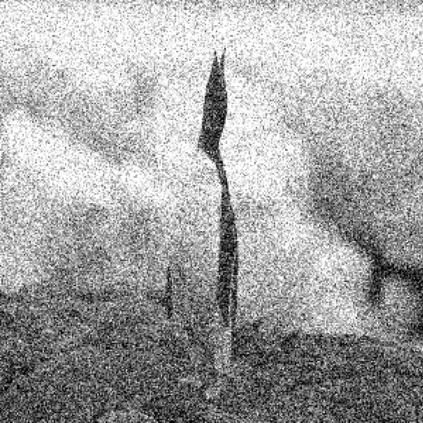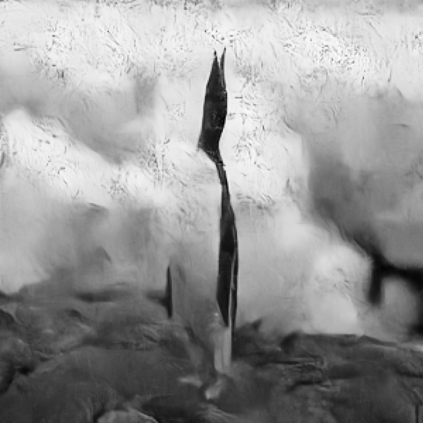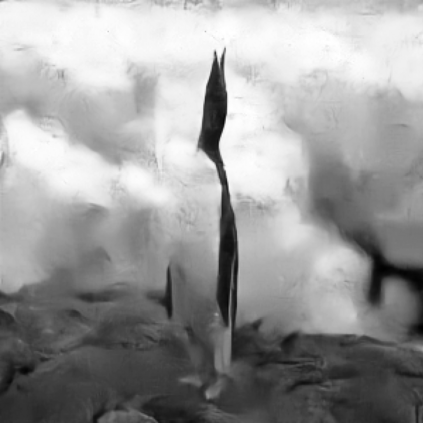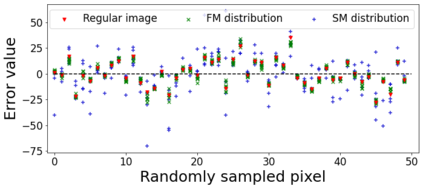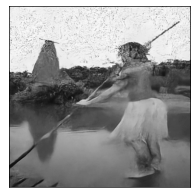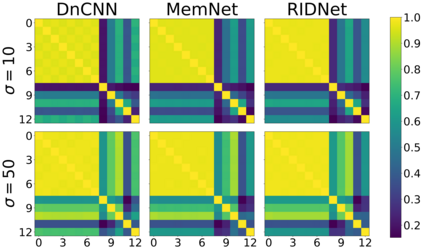Following the performance breakthrough of denoising networks, improvements have come chiefly through novel architecture designs and increased depth. While novel denoising networks were designed for real images coming from different distributions, or for specific applications, comparatively small improvement was achieved on Gaussian denoising. The denoising solutions suffer from epistemic uncertainty that can limit further advancements. This uncertainty is traditionally mitigated through different ensemble approaches. However, such ensembles are prohibitively costly with deep networks, which are already large in size. Our work focuses on pushing the performance limits of state-of-the-art methods on Gaussian denoising. We propose a model-agnostic approach for reducing epistemic uncertainty while using only a single pretrained network. We achieve this by tapping into the epistemic uncertainty through augmented and frequency-manipulated images to obtain denoised images with varying error. We propose an ensemble method with two decoupled attention paths, over the pixel domain and over that of our different manipulations, to learn the final fusion. Our results significantly improve over the state-of-the-art baselines and across varying noise levels.
翻译:在拆解网络的性能突破后,主要通过新颖的建筑设计和深度的提高而实现改进。新颖的拆解网络的设计是为了从不同分布或具体应用中获取真实图像,而新颖的拆解网络则设计为不同分布或特定应用而设计,而在高斯的拆解方面则相对而言仅取得了较小的改进。拆解的解决方案具有可限制进一步进步的认知不确定性。这种不确定性传统上通过不同的共通性方法得到缓解。然而,这种混集在深层网络中的成本太高得令人望而却步。我们的工作重点是推进高斯拆解方面最先进的方法的性能限制。我们建议一种模型的不可知性方法,在仅使用单一的预设的网络的情况下减少认知不确定性。我们通过强化和频率的图像来挖掘这些隐含的不确定性,以便获得不同错误的解析图像。我们提出了一种混合方法,其中有两个分解的注意力路径,跨越平ixel域域和我们不同操纵的路径,以学习最终的变异性。我们的结果大大改进了在州级基线和不同水平上的噪音。


